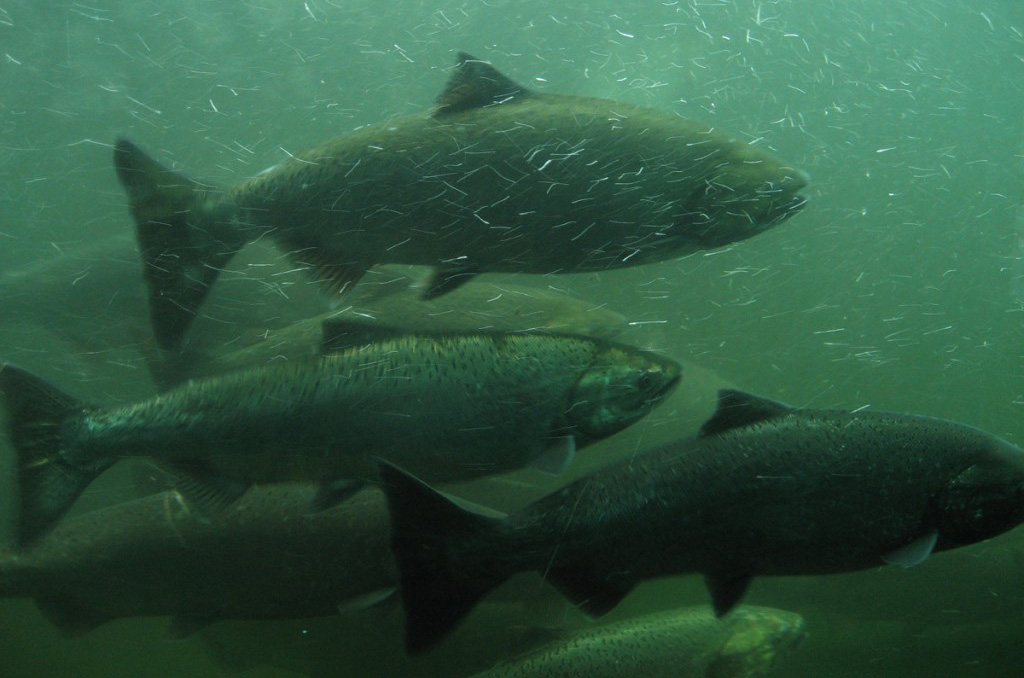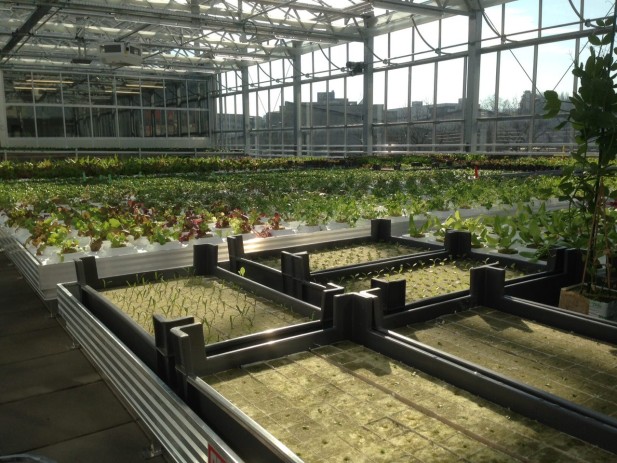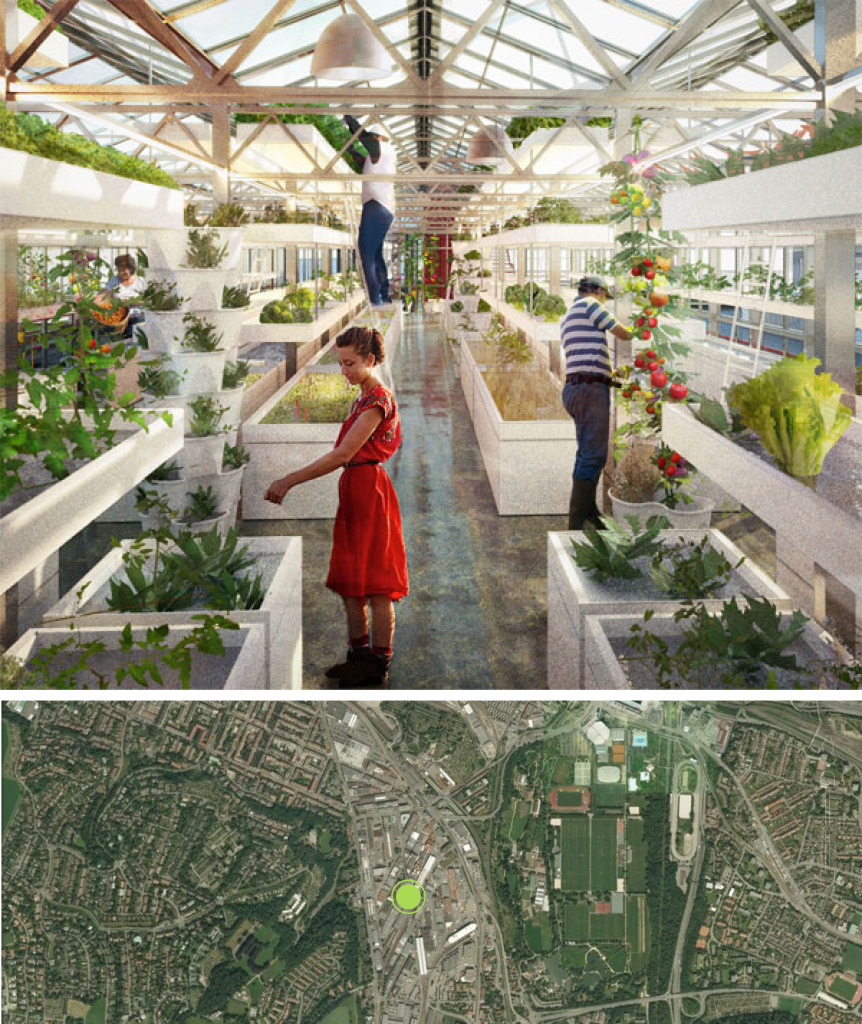a salute to urban fish

Seattle urban fish || photo by Lauren Mandel
Some days you can eat leafy greens until the cows come home without ever feeling full. The missing link? Protein. While chickens and livestock often play a key role in addressing this classic omnivorous hunger, raising these animals in cities can be challenging due to spacial needs and local health code regulations. What’s an urban locavore to do?
Enter the urban fish. Raising fish in cities, for food, has become increasingly popular during the past 5-10 years as urban agriculturalists have grown curious about aquaponics. In this agricultural practice, plants and aquatic animals are raised symbiotically in a closed-loop environment. Vegetables and herbs are grown hydroponically (often on floating rafts) while fish or other sea creatures occupy the water that fuels the hydroponic system. The animal waste (fecal matter, excess food, etc.) is used as a nutrient source for the food crops, and in exchange the plants filter the water for the fish. The clean water is then pumped back into the hydroponic system and the cycle continues. Talapia is the fish of choice for many aquaponic farmers due to the species’ fast growth rate, robustness in poor water conditions, flavor, and of course, protein content.
Aquaponics is most often pursued on the ground or in basements, as water weighs around 62.5 pounds per square foot – a heavy load for most roofs! But in January 2012, the world’s first commercial aquaponics rooftop farm opened for production in Basel, Switzerland, near the borders of France and Germany.
Urban Farmers, a Swiss company that builds and operates rooftop farms, constructed the $900,000 rooftop aquaponics greenhouse, known as UF001 LokDepot. The 2,700 square foot farm functions as Urban Farmers’ rooftop pilot project and is designed to produce 5 tons of vegetables and over 1,800 pounds of fish per year. According to Ranka Junge, an aquaponics researcher and professor at Zhaw Zurich University, “In Basel there is 2,000,000m² of vacant rooftop space. If 5% of this rooftop space were used for aquaponics, that is 100,000m², which could feed 34,000 people or contribute 8-20% of the fresh fish and vegetable consumption in Basel.” UF001 LokDepot’s hyper-local crops are currently sold to some of Basel’s top restaurants.

Operational modular aquaponics greenhouse || photo by Urban Farmers
Urban Farmers built the UF001 LokDepot farm from prefabricated, modular greenhouse units. The units were lifted to the roof by crane and secured in place, then affixed with interior infrastructure typical of hydroponic facilities, such as grow lights and retractable shade cloth. The modular nature of Urban Farmers’ design suggests that the greenhouse units could be installed to create semi-custom aquaponics farms on many roofs around Switzerland and beyond. Urban Farmers has also developed modified agricultural shipping containers that the company has installed in tandem with their greenhouse projects.
The next time you stare into a fish tank at a sushi bar or doctor’s office, be sure to take a moment to appreciate the urban fish in our lives and how they can help feed the city.
 EAT UP
EAT UP
being a life long dirt farmer I was never a fan of hydroponics. Seeing them as unnatural and lacking in nutrients made available to plants by soil-based bacteria etc. Then I saw research that found that the very “unnaturalness” of the hydroponic systems made vegetables grown that way have more antioxidants. Turns out, growing plants in a hydroponic system does stress them and in response they produce more antioxidants and that’s good for whoever eats them.
You raise a good point about stress and antioxidants, Larry. I’ve read that Italian farmers add salt water to their tomatoes to stress the plants and consequently bring out more intense flavors in the fruit.